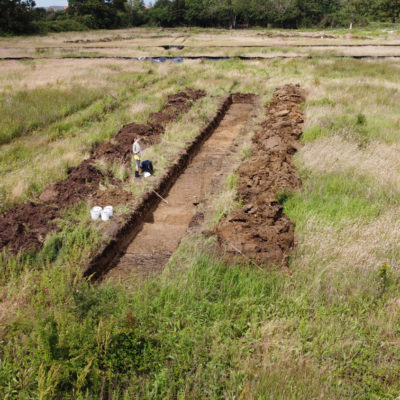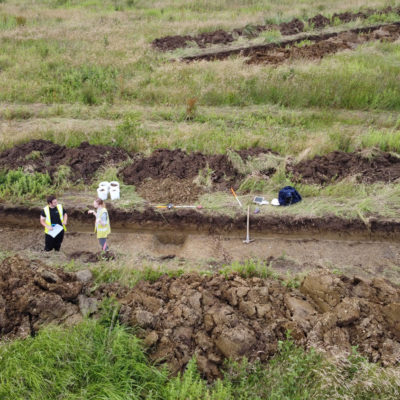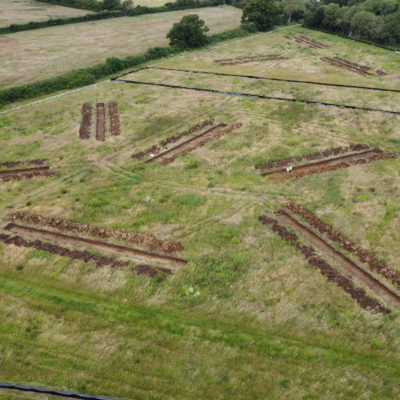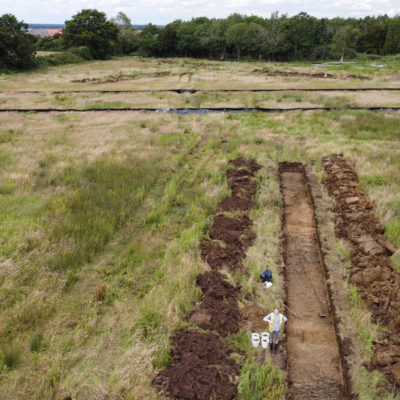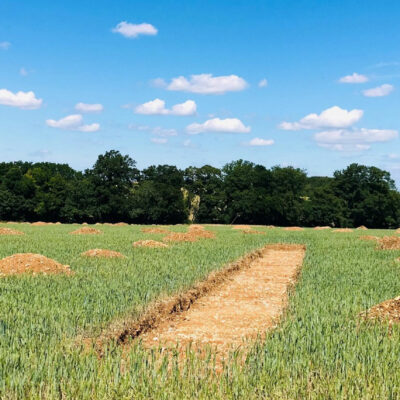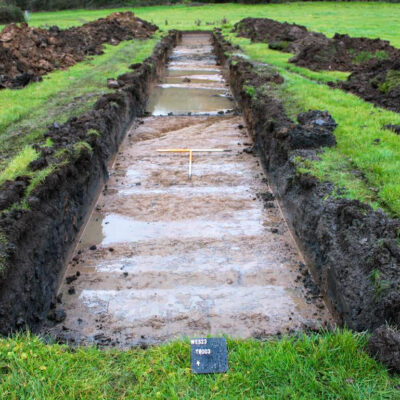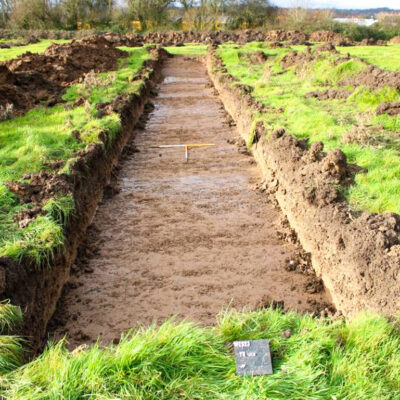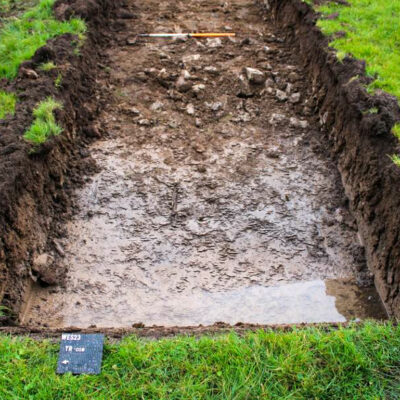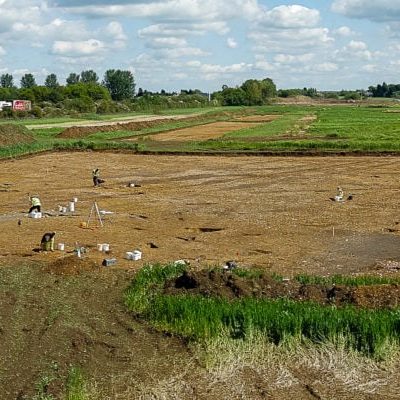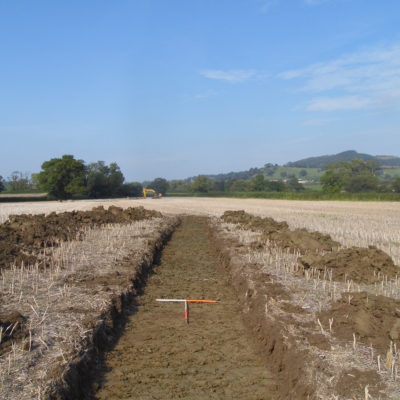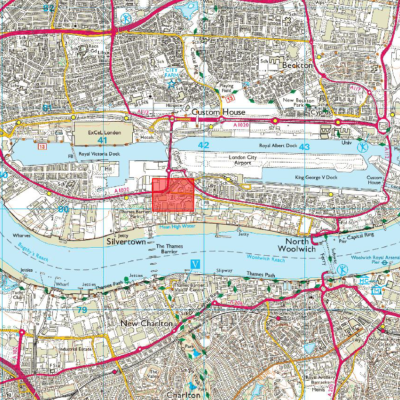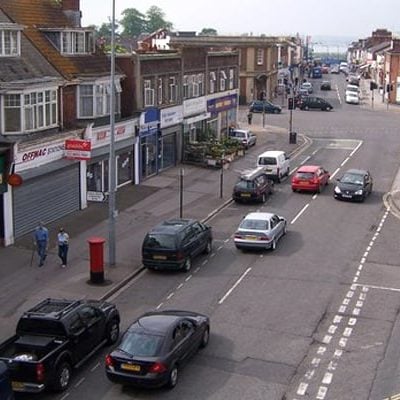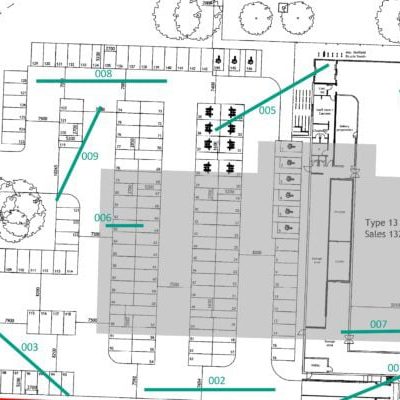Archaeological Evaluation
What is an Archaeological Evaluation?
An Archaeological Evaluation is frequently required as a condition of planning where intact archaeological remains are known or suspected. It is usually in the form of trial trenching, the results of which determine the level of archaeological survival and whether there is a need for more detailed investigation.
What is Trial Trenching?
Trial trenching establishes the depth and character of any surviving archaeological deposits or features.
Trenches are usually opened by machine and toothless ditching bucket and may be of varying size, although dimensions of 30m × 2m are common on large sites. Where remains are present, the aim is to excavate only as much as is required to determine their date, function and condition.
What happens after trial trenching?
Trial trenching is the best tool for determining the archaeological character of a site and whether further archaeological mitigation is required. If archaeology is found, the Evaluation report will include a suitable level of post-excavation assessment that may include specialist reports.
If no archaeology has been uncovered, the Evaluation report may not need this level of post-excavation assessment and by itself, may be sufficient to discharge Planning Conditions.
If archaeology has been revealed at this stage, the Evaluation report is used to determine whether archaeological mitigation is required. This further work may take the form of further investigative work (such as geoarchaeological modelling or survey), an archaeological presence during development (such as Watching Briefs) or a more extensive Archaeological Excavation.
Where Archaeological Excavation is required, the Evaluation report will be used to determine the scale of the further fieldwork.
Link to view video
What Happens Next?
The results will determine whether further mitigation, such as full excavation and recording or preservation in-situ, is needed.

